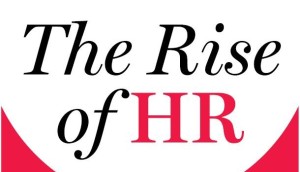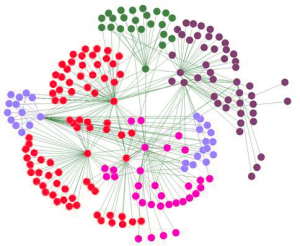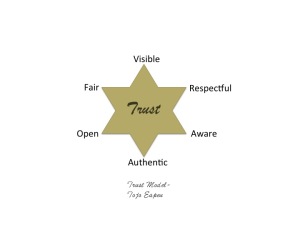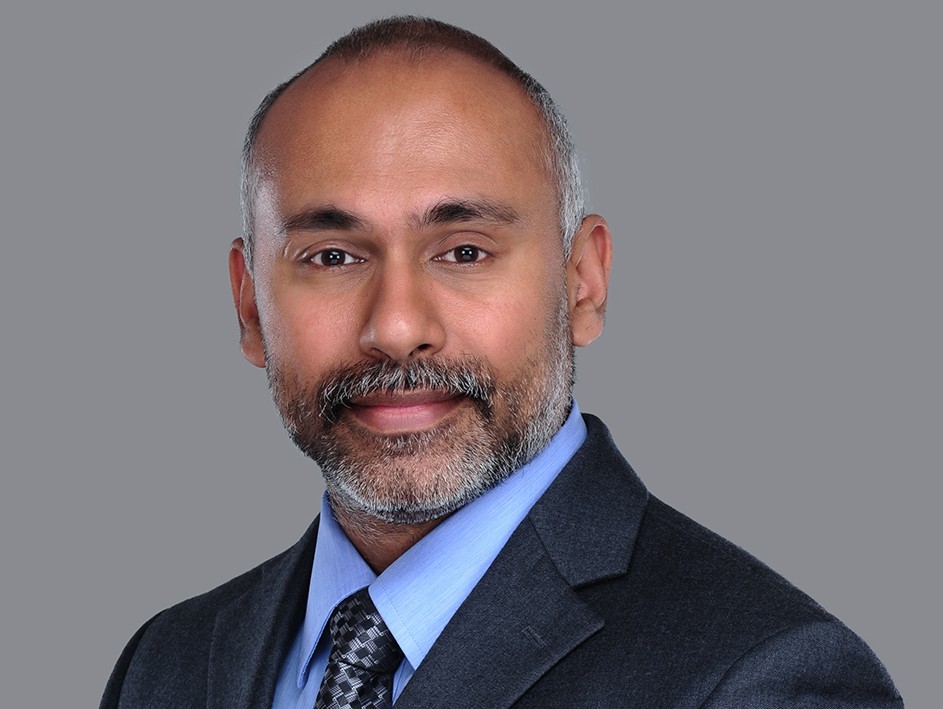“Talent magnets” are those people in organizations with whom most stakeholders, internally and externally want to engage, connect and work for. They tend to be in all functions, irrespective of roles or seniority, and attract other talented and competent individuals to their organizations. It is not surprising to notice that many successful organizations (profit, non-profit or government) have talent magnets in many leadership or management roles. Employees, consultants, contractors, partners, communities and customers prefer to work with such talent magnets and, they play a key role in retaining other talented individuals. Talent magnets in leadership roles often deliver tremendous unrecognized value to their organization’s brand and culture. In today’s fast changing and increasingly digital world, they play a critical role in their organization’s success.
So, what are some key characteristics and behaviors of talent magnets?
These are some of my observations from three continents.
- Talent magnets encourage diversity and culture of inclusion. They do not expect or encourage others to be similar to them. They encourage authenticity.
- They treat everyone with respect, and are caring. When someone needs a helping hand, they offer genuine support.
- They are willing to share responsibility and recognition.
- They have humility, acknowledge their mistakes, and seem accessible and vulnerable. When a correction has to happen with a team member, they are willing to have respectful, engaging, sometimes difficult developmental conversations.
- They are emotionally intelligent, do not jump to quick conclusions and are open to listening to different perspectives. They do not blindly push their own agenda.
- They try to constantly understand and work toward the larger picture, while executing their deliverables. While reflecting on the context and what is best for the organization, their actions sometimes may hurt their own individual short term standing or official objectives (KRAs) but they may still consciously choose to benefit the larger cause.
- They don’t play politics but acknowledge, recognize and navigate related elements maturely themselves while helping others. They encourage collaboration internally and externally, and do not pit one team against the other. They manage through negative or toxic environments effectively and neutralize or positively energize team members and environments.
- They establish and encourage fairness, and take a strong stand against unfair practices and behaviors. They are willing to initiate and engage in respectful conversations with other stakeholders.
- They are reliable and stick to their word. If for some reason something promised or committed changes, they openly try to explain, discuss and clarify directly with the related individual(s).
- They are open to continuous learning and encourage others to improve. They recognize the unique strengths and differentiating competencies that team members bring to work. In short, they build confidence. Other talented people feel more secure and seem to flourish under and after them.
- They sometimes go beyond the organization’s stated policies and guidelines to bring in and nurture talent, when very convinced about the potential.
- They build long term relationships, which goes beyond a single organization.
As a result, talent magnets also hold higher influence within and outside their organizations. Most stakeholders become willing to listen to their perspectives and suggestions seriously.
On the other side of the scale, there are “talent repellers”, who most stakeholders seem to try to avoid, even though they may sometimes be highly competent individuals. The challenge here is that any seeming result happens for short term, with possible toxic environments and unsustainable ways of working.
Would you want to work with a talent magnet? Would you aspire to become one? Are there any other characteristics or behaviors that you notice?













Recent Comments